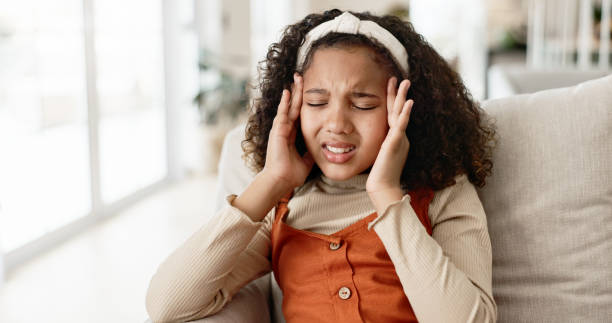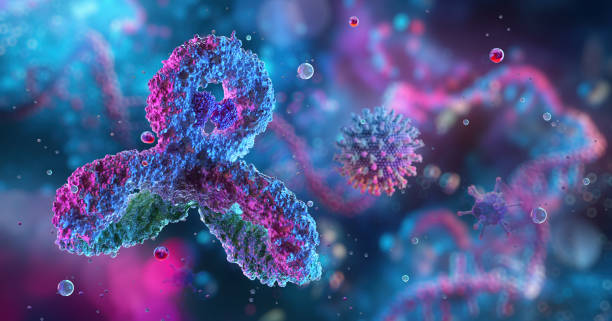For kids and youngsters living with migraine, there is likely to be a novel precautionary treatment, going by a groundwork research effort. A team of scientists have discovered that the drug zonisamide, which has been used in the treatment of seizures, is likely to diminish days of migraine in this age grouping. This research project does not prove that zonisamide decreases migraine days but rather shows merely that there is a relationship.
For kids and youngsters living with migraine, there is likely to be a novel precautionary treatment, going by a groundwork research work released recently, February 26, 2025, that will be put forward at the American Academy of Neurology’s 77th Annual Meeting taking place April 5-9, 2025, in San Diego as well as online. A team of scientists have discovered that the drug zonisamide, which has been used in the treatment of seizures, is likely to diminish days of migraine in this age grouping. This research project does not prove that zonisamide decreases migraine days but rather shows merely that there is a relationship.
“Migraine disease is debilitating and can lead to kids having to miss school and other activities,” said author Anisa Kelley, MD, of Northwestern University Feinberg School of Medicine in Chicago.
“Currently, there is only one FDA-approved migraine preventative medication for this age group. Our results are encouraging, showing zonisamide may be another option for reducing migraine attacks.”
Regarding the research, scientists analysed health data obtained from an institution.
They picked out 256 kids and teenagers who were earlier diagnosed with migraine and prescribed preventative zonisamide.
Among these participants, 28% had difficult-to-treat migraine, which was described as living with migraine sickness that has defied successful treatment with two or more medications in the past.
Research scientists documented the number of days in a month the patient suffered from headache for everyone of the participant both before and after commencing the use of zonisamide.
Afterwards they separated participants and put them in three subgroups according to the length of period they took the drug prior to a follow-up visit with a doctor.
The first set followed up in the first month, the second set in a period of two to six months and the third group, following six months.
For every partaker the middle number of headache days in a month decreased from 18 to six at the initial follow-up visit.
When comparison was made between the sets of individuals, the subgroup that followed up in a period of two to six months possessed the greatest decline with a median decline of six headache days in a month.
Kelley said that the records indicated the medication was at its highest efficacious level following at least two months of making use of the drug.
The medication in addition showed that the medicine was active for both individuals who had difficult-to-treat migraine disease as well as those who did not.
“It’s very exciting that we may have an effective way to treat difficult migraine disease in children and teens, however it’s important to note that our study did have limitations,” said Kelley.
“For instance, our study did not compare people taking the medication to people who did not take the medication. Future studies are needed with control groups to confirm our results.”
This research project was financially aided by Stanley Manne Children’s Research Institute at Ann & Robert H. Lurie Children’s Hospital of Chicago.





